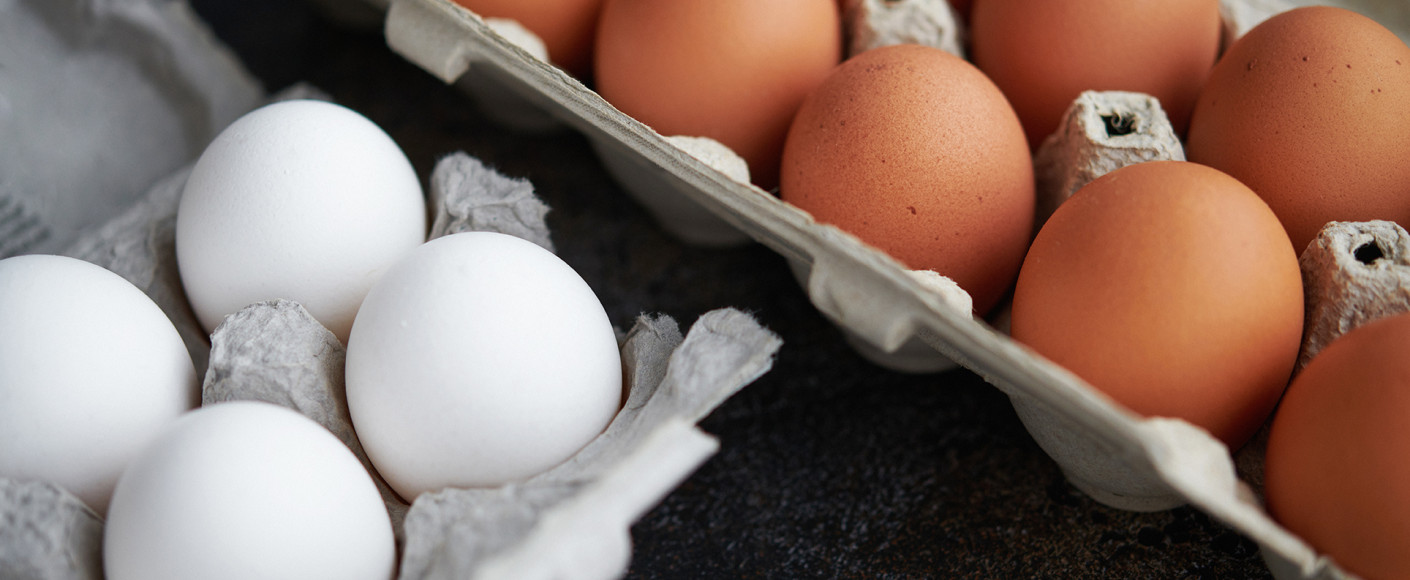The Rising Cost of Eggs
Solving the Mystery Behind the Shell-Shocking Prices
Eggs are one of the most widely consumed foods in the world. Filled with rich sources of vitamins, minerals and protein, they come in many colors and sizes. From cooking and baking to binding and emulsifying, eggs are a versatile and budget-friendly essential to keep in your home.
Whether you prefer them on toast, scrambled in a stir-fry or baked in a cake, you may have noticed an increase on your grocery store receipt if you’ve purchased this kitchen staple over the past year. According to the Consumer Price Index, which tracks changes over time in consumer prices of goods and services, egg prices have increased by more than 70% since January 2022. (Talk about egg-spensive!)
But Why Are Eggs So Expensive Now?
There are many possible reasons for the latest “egg-flation.” The first, and most obvious, theory goes back to overall inflation and supply chain challenges, which often affect all types of grocery store purchases. In fact, the CPI reported the food index in January 2023 increased by 10.1% in comparison to the previous January’s numbers.
Other factors affecting grocery store prices include higher feed prices on farms, increased transportation costs and a continued labor shortage across the U.S. Current data from the U.S. Bureau of Labor Statistics shows over 10 million job openings across the country, with a large majority found in the transportation, warehousing and nondurable goods manufacturing sectors.
The Likely Source
In addition to these pricing factors, another, more prominent, explanation begins at the source. Chicken farmers are fighting tooth and nail to protect their flocks from the latest avian flu outbreak. According to The Wall Street Journal, since the beginning of 2022, 58 million birds have died due to the highly infectious bird influenza. But consumers are still on the egg hunt, purchasing, on average, more than 250 per year. And just like your high school economics teacher said: A decrease in supply (chickens and eggs) without a change in demand (the number of Americans looking to buy eggs) results in a price increase.
An End in Sight?
While it’s still unclear how soon we will see some relief in the cost of our beloved eggs, experts are hoping we are at least more than halfway through the bird flu outbreak. Because this virus is more widespread than the one in 2015, it’s going to take longer to fight off and regroup.
Once a producer has managed and cleared out the spread of the disease, they still have to reestablish egg production, beginning with new broods of chicks. Chicks can take up to 18 weeks to be ready to lay eggs.
With that in mind, we have to keep practicing our patience while we wait for the prices to drop. Meanwhile, be sure to thank the farmers and egg producers who are working tirelessly to rebuild their flocks and put food on our tables.




